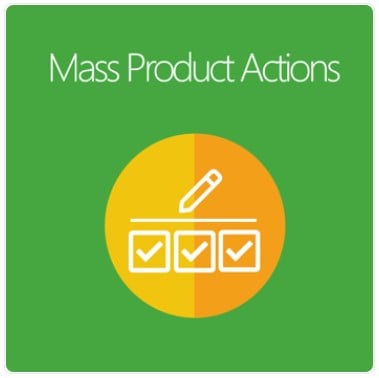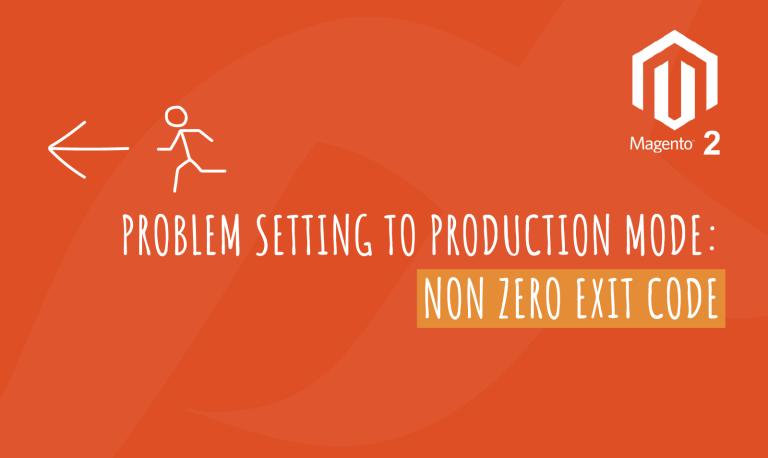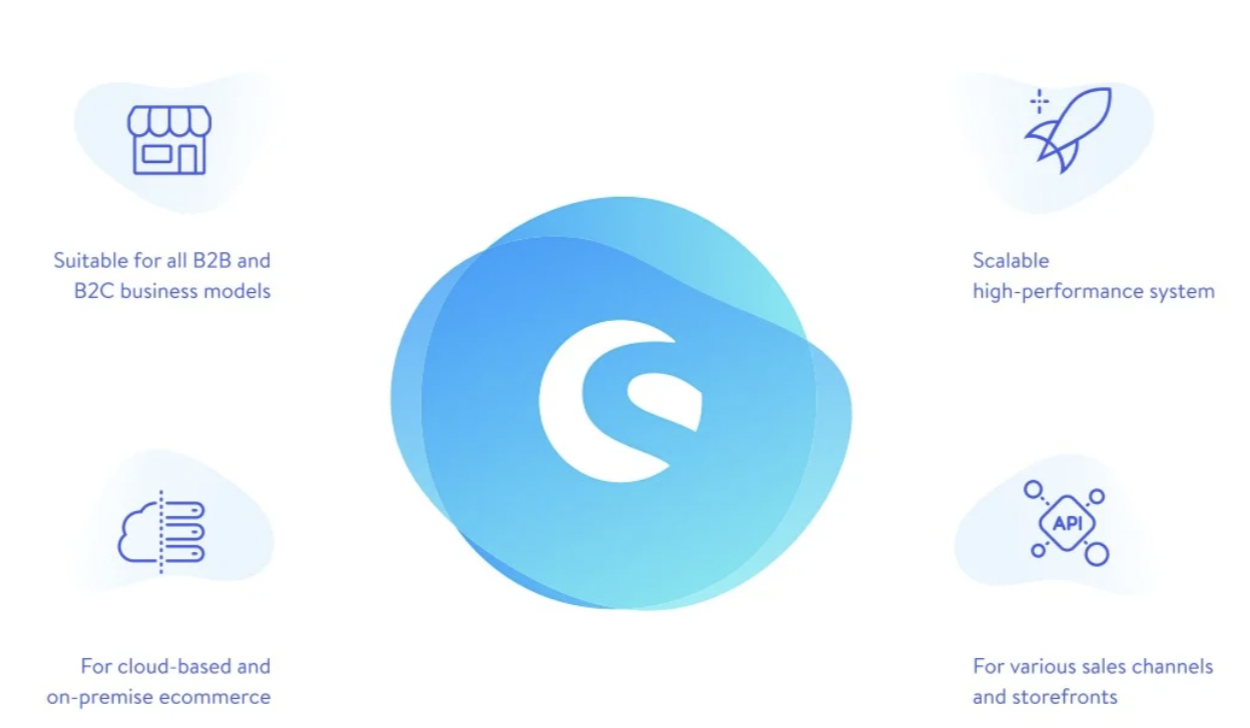
Established more than 18 years ago, Shopware is one of the top e-commerce platforms in Germany. The system is now expanding worldwide with a primary focus on Europe, the UK, and the US, and its user base is steadily increasing. The business is leading the market and has seen significant expansion. Today, we’ll examine the latest upgrade, or “New Era update” as Shopware puts it. Let’s look at the key characteristics and advancements. Here, you may also find general platform information. In addition, we’ve written a few posts on our blog about Shopware, like this overview of version 6: Shopware 6 – The New Era of Open Source E-Commerce. To completely comprehend what Shopware is, we strongly advise you to check this out first. Let’s begin.
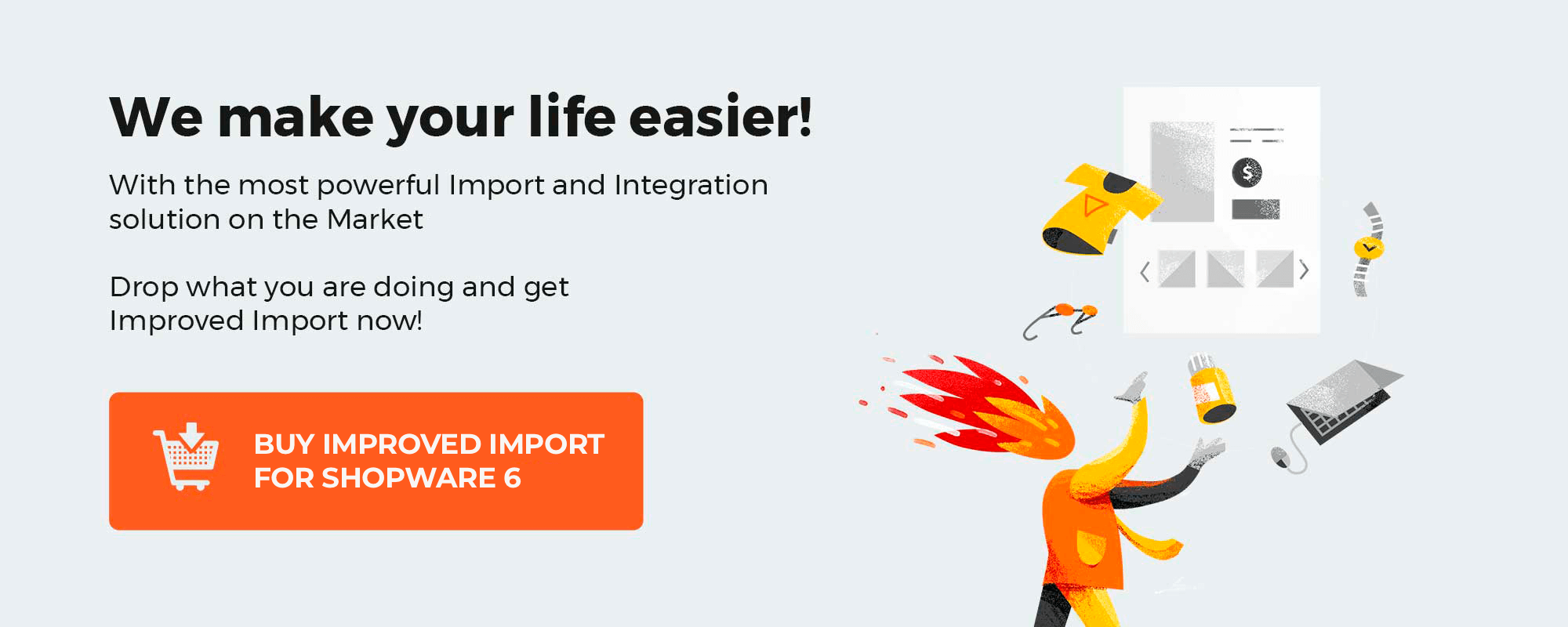
Table of contents
Summary
- Shopware is the leading internet commerce platform in Germany for the past 20 years.
- The company opened its first office in the US.
- Shopware receives its first outside investment of $100M.
- New prices begin at $600.
- Open source holds sway.
- SaaS, PaaS, and self-hosted methods offer new capabilities.
- New plans – Rise, Evolve, and Beyond.
- Outstanding forthcoming features.
- Our other articles about Shopware – About and Getting Started.
Shopware: What is this platform?

Let’s quickly review the platform’s fundamental details.
Shopware, as we previously stated, is the premier open commerce platform for B2B and B2C business models. It has a wide range of tools that may assist you in achieving your e-commerce goals. For past years, Shopware has lined up with such giants of digital commerce as Magento or Shopify. But as a genuine revolutionary and inventor, not as a follower. This solution is being cited with a fresh and innovative approach more and more. Additionally, in the summer of 2022, Shopware’s New York office opened. Let’s recall the platform’s key attributes.
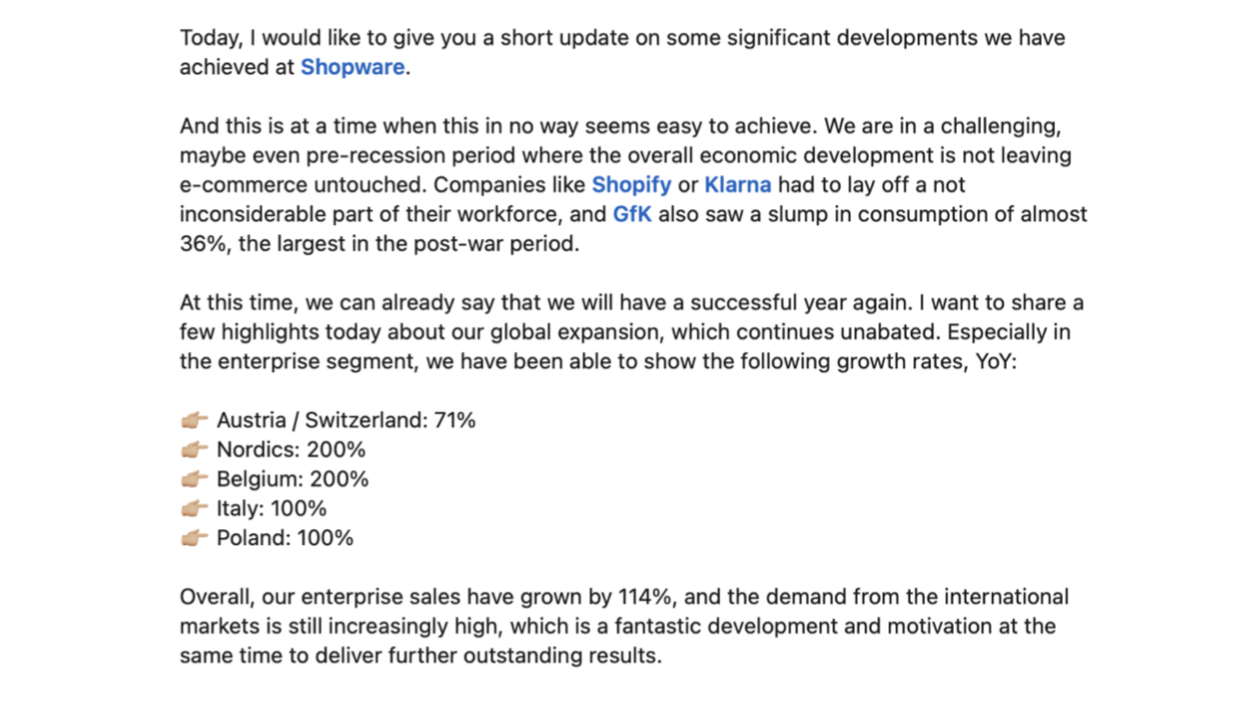
Shopware Headless approach
Separating the backend and front end is the foundation of Headless Commerce. All required system links stay intact, even if the front end runs independently, thanks to the API alone. This implies that when you make modifications to the front end, your bundled backend operations continue to function without a hitch. Shopware 6 is a pioneering API platform and has a headless approach. By separating the front end and back end, it makes the most of the new standard.
Shopware Open Source
One of the essential components of the platform is the Shopware Community edition. It is open and simple to use, building a large and effective community. The free and open source Community Edition is covered under the open source license AGPL v3 as of version 5.0. (Affero General Public License). Shopware has been offering a valuable service to all members of the Shopware Community since October 2010. We advise reading our post about the Shopware Community.
Additionally, we would like to point you that the platform’s open source version is still available and that Community Edition has not been removed with the latest upgrade. Furthermore, this solution’s development will continue! You can use GitHub too.
Shopware Store
A personal Store is yet another noteworthy feature that Shopware can claim. A personal Store is yet another noteworthy feature that Shopware can claim. You may discover many different extensions and themes in it. Furthermore, you may read our guide on how to use Shopware. All of this is accessible in categories like
- Migration tools
- B2B extensions
- Marketing tools
- SEO
- Conversion Optimization
- Evaluation and Analytics
- Checkout process
- Administration
- etc
Shopware “New Era” Update
So let’s keep up with the innovations. After reading the most recent press release/interview with co-CEOs Sebastian and Stefan Hamann, we are prepared to discuss it in further detail. The new plans and pricing strategy, the features that will soon be accessible, and the platform’s overall development trajectory are the main highlights of this news release. We shall examine each point in turn. Starting with the plans and pricing.
New Plans
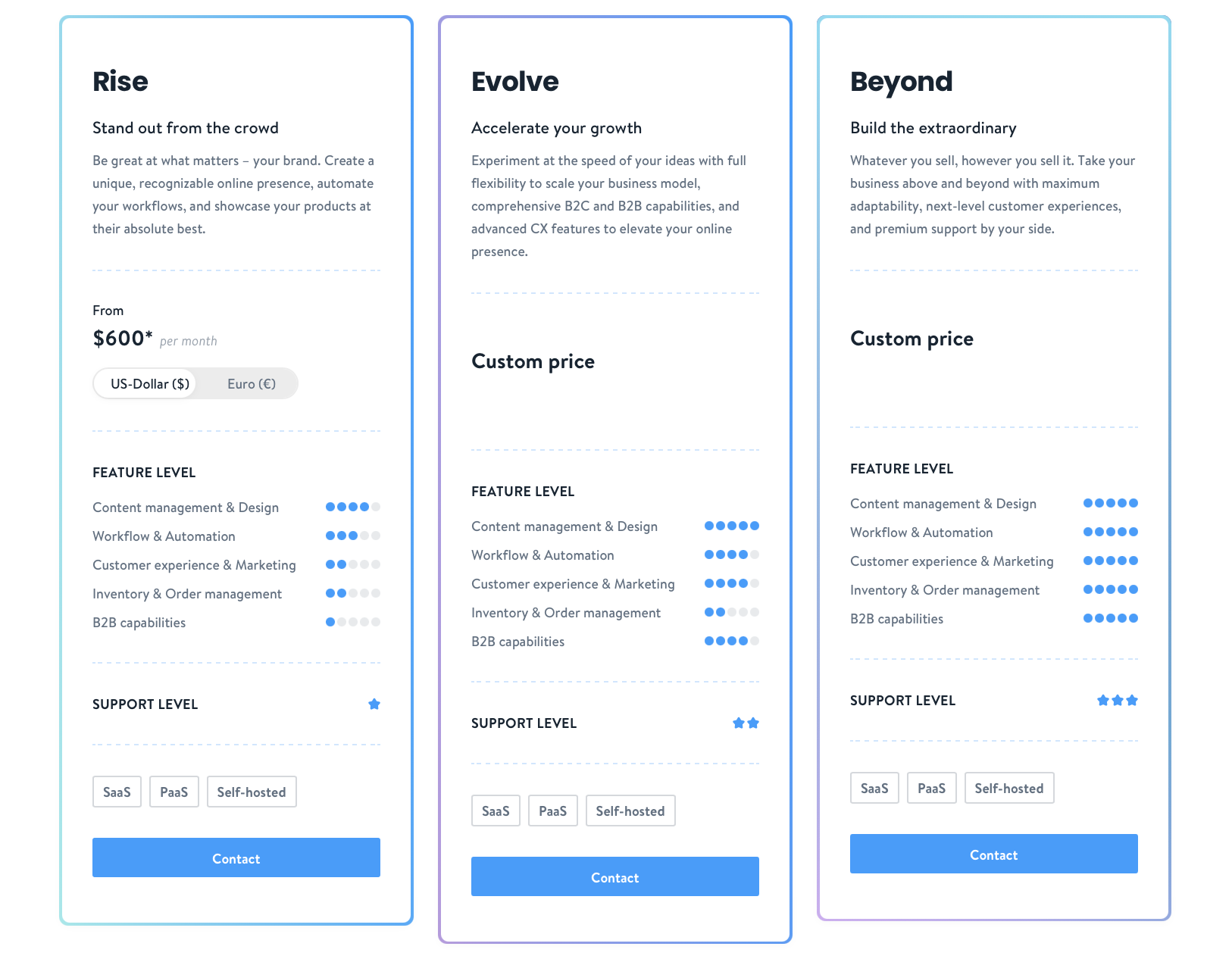
According to the press announcement, the Shopware team has revised its product portfolio in light of assessments, polls, and forecasts. This gives their clients the option to select from a variety of plans that are precisely suited to their requirements for flexibility, individualization, and scalability. The names of the new plans are Rise, Evolve, and Beyond.
The platform now offers three plans, as opposed to its previous two versions. This makes sure that retailers may select the choices that are best for their particular needs. This program builds on the successful basis of the prior Shopware Professional and Enterprise versions and expands it with several additional features and options as well as new support levels that provide greater comfort and flexibility -, particularly for bigger retailers. Additionally, it is “around-the-clock” help, since we’re on the subject.
Another crucial point to be made is that Community Edition and Open Source are both still viable options. The company has long regarded openness as one of its main values. We particularly appreciate this strategy since it maintains the business close to its clients while remaining true to its roots. As Stefan Hamann “We’ve been open source since 2010. And we’re going to stay that way.”
Self-hosted, SaaS and PaaS
Shopware Rise, Shopware Evolve, and Shopware Beyond are now offered as self-hosted or SaaS solutions, which is another significant update to the plans. The platform also provides all plans as PaaS solutions upon request. Let’s briefly recollect what these approaches are. The Shopware website has an article about these strategies as well.
Software installation and administration on your own servers is known as self-hosting. You are accountable for ongoing server expenses, security patches, software upgrades, performance optimization, and system uptime.
When you use hosted software, you’re paying someone else to do it on your behalf since they operate it on their own servers. Without having to worry about keeping the program up and running, you gain access to it.
SaaS (software as a service), cloud-based, hosted and managed software all essentially mean the same thing: someone else manages the product’s administration on your behalf.
Platform as a Service (PaaS) offers companies a way to create, test, and execute apps on top of an entirely managed infrastructure, platform, and application stack. Enterprise software development is made easier with PaaS since users may choose the functionalities they want to be included in their subscriptions. Let’s now explore the new plans in more detail now that we have it resolved.
Rise Plan
The first of the three options, it is also the least expensive and has the least number of cutting-edge features. This solution has a starting price of $600 and may have a higher price. With this plan, you may exhibit your items to their full potential, automate your operations, and establish a distinctive, identifiable online presence.
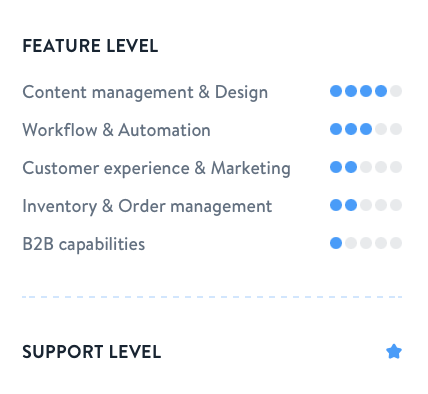
Shopware Rise is designed for business-to-consumer (B2C) and direct-to-consumer (D2C) businesses that want to stand out with a strong brand presence and memorable customer experiences.
Evolve Plan
The next is Evolve. The goal of this strategy is to “accelerate your growth,” and it will provide you the freedom to test new ideas quickly while giving you complete flexibility to expand your business model, extensive B2C and B2B capabilities, and cutting-edge CX features to improve your online appearance. The cost of this solution is very individualized and has a bespoke cost.
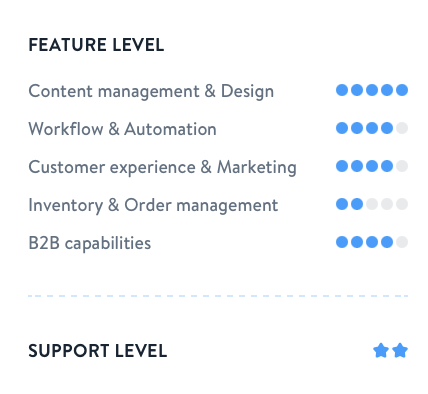
All the features found in Shopware Rise are also included in Shopware Evolve. Evolve is designed for retailers with a variety of business models, from pure B2B retailers to hybrid businesses that focus on both B2B and B2C, or maybe D2C.
Beyond Plan
Beyond is the best plan for the Shopware platform. It has every functionality that this platform is capable of offering. With maximum adaptability, next-level client experiences, and first-rate support at your side, you can drive your business above and beyond.

Their most complete product, Shopware Beyond, is the apex of platform functionality and support. This strategy works well for sophisticated or global players who want to grow, scale, and wow their audience with exceptional experiences.
Upcoming Features
We also learned about forthcoming fresh features and plans. Let’s take a closer look at them.
Blog
The blog feature lets you share captivating tales about your business and items. With it, you may create the most fruitful synergy between content production and commerce, inspiring your audience.
For the blog, for instance, Magento exclusively offers third-party plugins. They are serviceable and offer all the essential features. We anticipate better things from Shopware.
Guided Shopping
This tool allows you to utilize circumstances to build unique rules, whether you want to figure out shipping costs, customer-specific product pricing, or promotional activities.
Multi-inventory
With the help of this new function, you will be able to manage numerous warehouses and inventory while maintaining constant awareness of the situation.
Subscriptions
To increase consumer loyalty, subscription sales are a viable option. With a subscription, merchandise is delivered on a regular schedule without the customer having to actively make an order each time. Additionally, you are allowed to choose any membership conditions you like.
Returns management
With the help of this functionality, you will be able to manually handle returns from your clients in the admin. Additionally, you may provide a self-service gateway to your clients so they can easily handle returns in their own client accounts.
Customer-specific pricing
An established client with a loyalty discount, a new client, or a regular customer? Create customized pricing for each of your consumers.
Rule preview
Create new rules and test them in your admin area with certain orders to see whether they function as intended. As a result, you can spot mistakes in a rule’s development immediately and make sure everything runs well in your online store.
Flow preview
With the help of this tool, you can test out the flows you created using Flow Builder preview before they go live and make sure everything is functioning properly.
Flow promotion actions
By utilizing flows to accept discounts tied to particular criteria, for example, you may integrate Flow Builder with marketing features and promotional activities.
Flow sharing
With the help of this feature, you will be able to transfer flows created in the Flow Builder across other systems. For instance, you may send a flow to an app or move it from a test system to a live system.
Final Words
An eCommerce platform must cater to the special demands of mid-market firms. Scalability, automation, future viability, and flexibility only make up a small portion of them. That’s because every platform needs to be able to swiftly adapt to the market. Shopware is capable. They demonstrate this with their upgrades, which are timely and designed to elevate the platform to the top of the e-commerce field. We reviewed the most recent Shopware upgrade in the aforementioned post, and now it’s up to you to form your own judgments. You can read the press release yourself at this link. Read more of our writing about Shopware – About and Getting Started.
List of Sources
FAQ
Is Shopware open source?
Yes, Shopware does have a Community Edition that utilizes an open-source methodology. Thousands of stores use this platform, which is backed by a sizable global community of developers, agencies, and retailers.
How much Shopware costs?
The price to start using the platform is $600. If you want to use more advanced plans, the prices will be custom.
Who are the main Shopware competitors?
– Shopify
– Magento Commerce
– BigCommerce
– VTEX Commerce Platform
– SAP Commerce Cloud
– Oracle Commerce
Who is Shopware investors?
Shopware raised $100 million in finance through cooperation with two notable investors, Carlyle and PayPal.
What new plans did Shopware come up with?
Rise, Evolve, and Beyond – are three new plans available on the platform.



